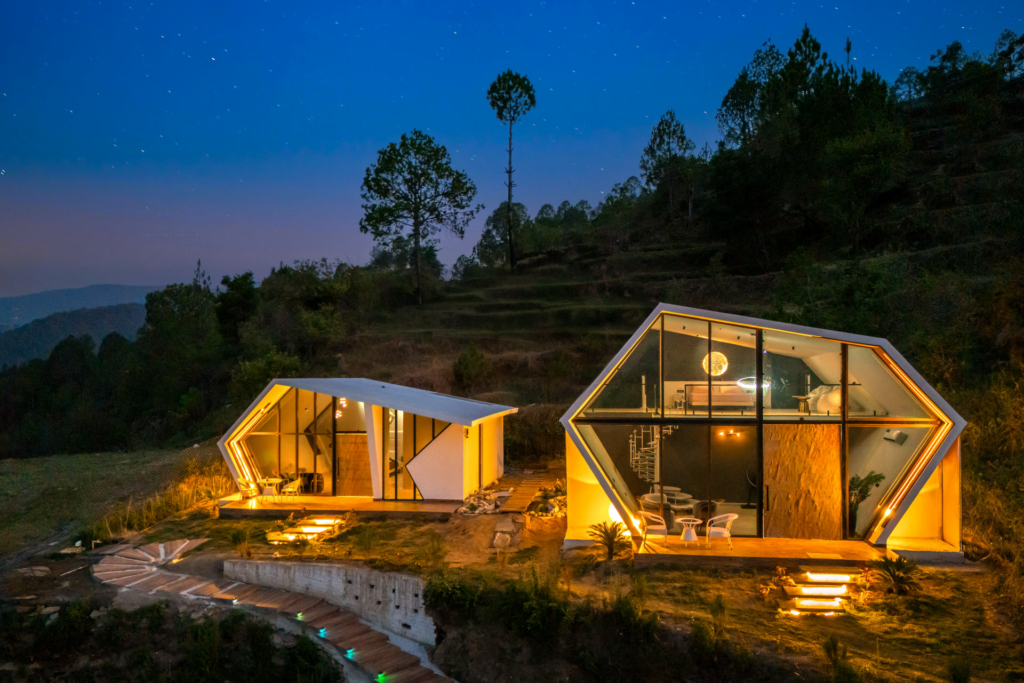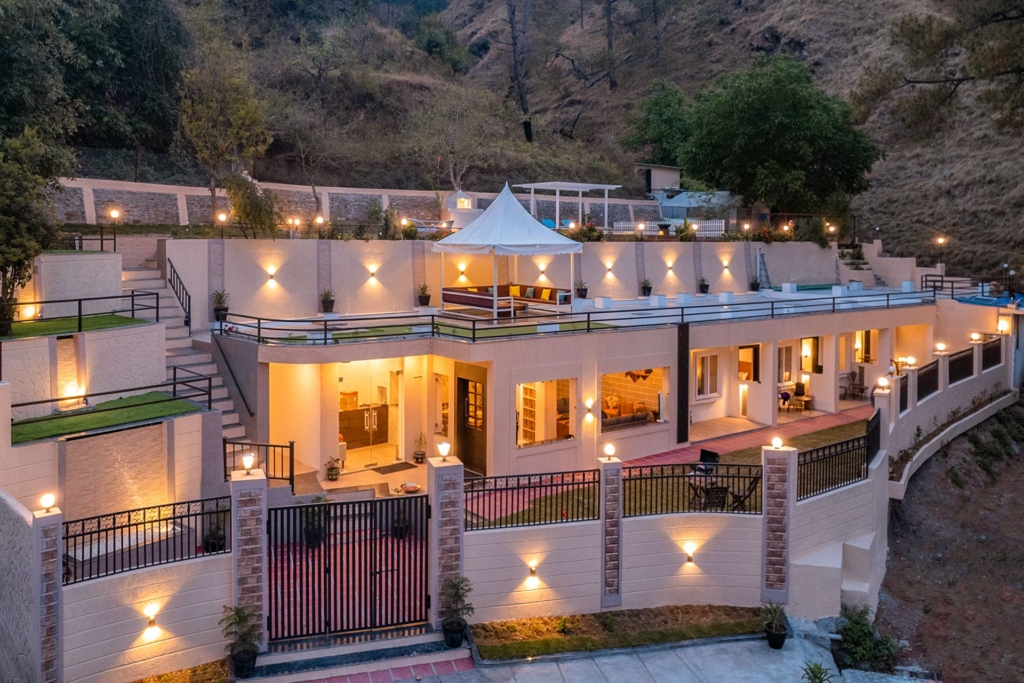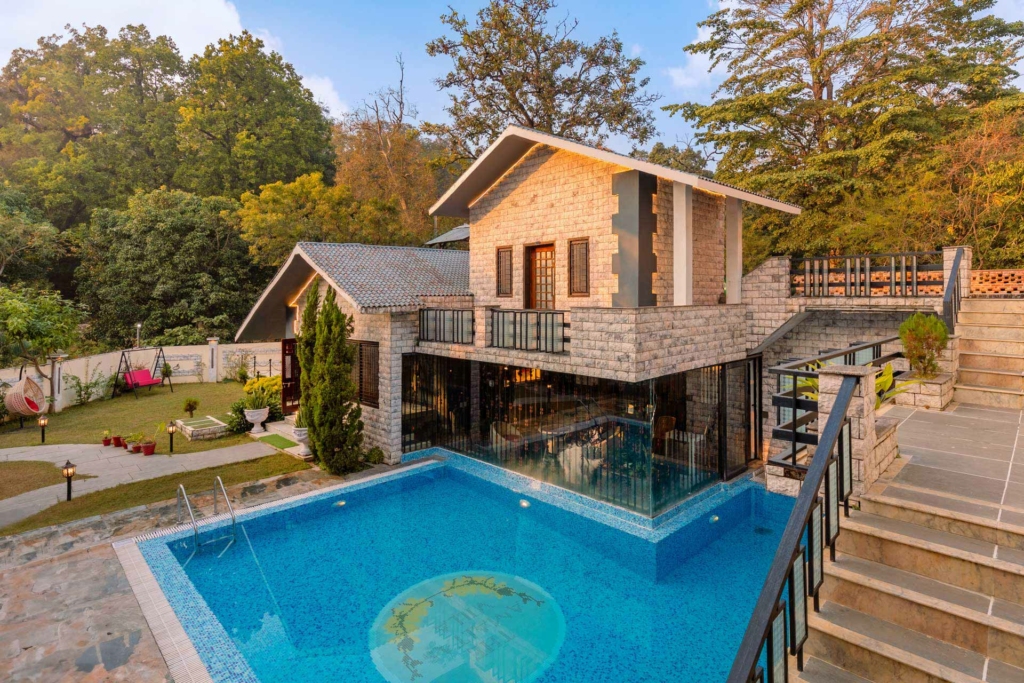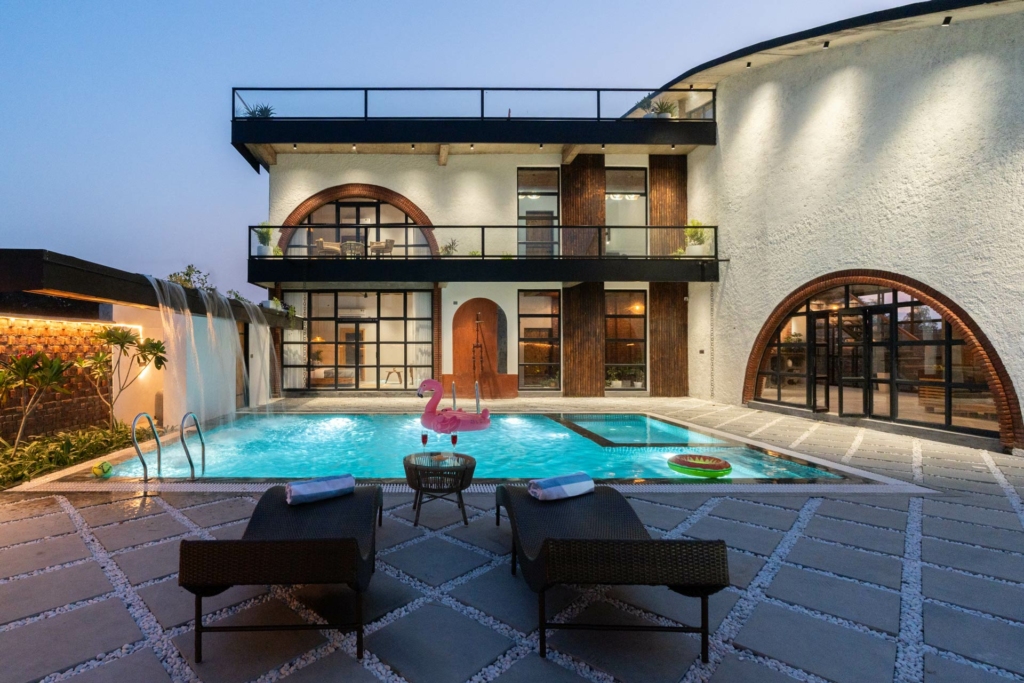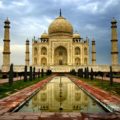Trip to Jim Corbett in November and December: A Complete Guide to Safari, Stay, and More!

Planning a trip to Jim Corbett in November or December? You’ve picked the perfect time to witness the wonders of the most famous and first national park in India, renowned for its majestic tigers, lush forests, and rich biodiversity. As winter sets in, Jim Corbett National Park transforms into a wildlife haven with comfortable temperatures, making it an ideal destination for safaris and nature lovers alike.
In this guide, we’ll dive deep into everything you need to know to plan your Jim Corbett safari—from how to reach the park to the best things to do in Jim Corbett. Whether you’re an adventure seeker, a wildlife enthusiast, or simply looking for a peaceful escape, your trip to Jim Corbett will be nothing short of extraordinary. Let’s get started!
In this Blog
Why Visit Jim Corbett in November and December?
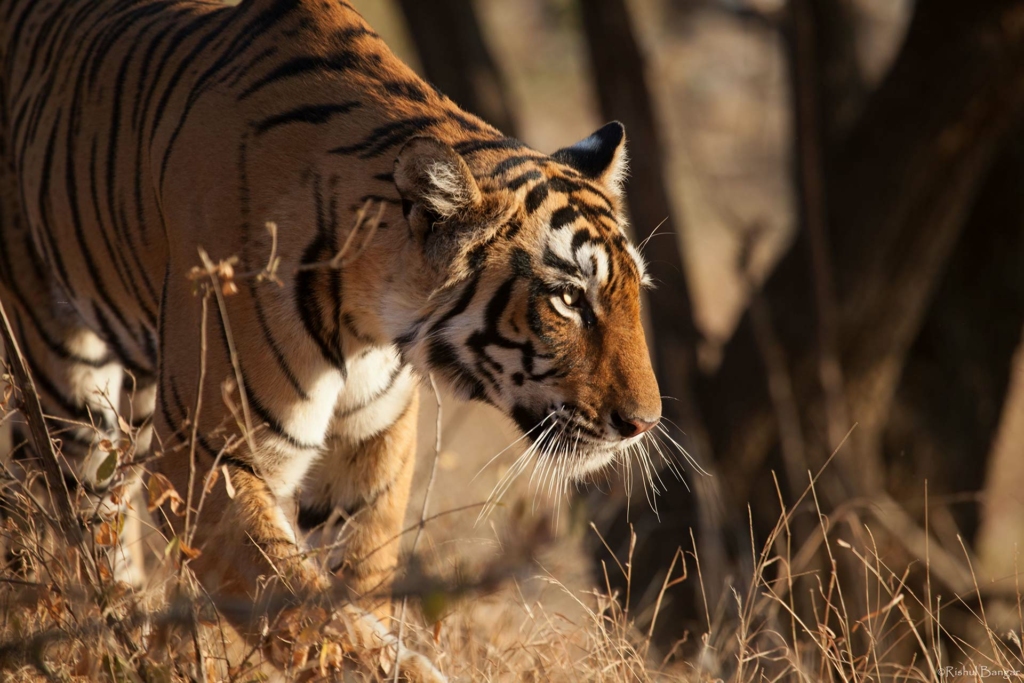
November and December are among the best months to visit Jim Corbett National Park. With the park reopening after the monsoons, the landscape is refreshed, and the post-rain greenery makes for a stunning backdrop. Winter also ensures pleasant days and chilly nights, perfect for enjoying the park’s beauty without the discomfort of summer heat or monsoon humidity.
Here’s why Jim Corbett in November and December is the ideal time for a visit:
- Increased Chances of Tiger Sightings: As the temperature drops, animals—including the elusive tigers in Jim Corbett National Park—become more active during the day, giving you a higher chance of a sighting.
- Comfortable Weather: The cool, crisp air is a refreshing change, especially compared to the scorching heat of summer. The daytime temperatures hover around a pleasant 10-20°C, perfect for a jungle safari in Jim Corbett.
- Beautiful Landscapes: The post-monsoon greenery, clear skies, and the sun filtering through the thick Sal and Shisham forests make it perfect for nature photography and sightseeing.
- Less Crowded: While still popular, Jim Corbett in December sees fewer tourists compared to peak holiday months like May and June, offering a quieter, more intimate experience with nature.
Safari in Jim Corbett: What You Need to Know
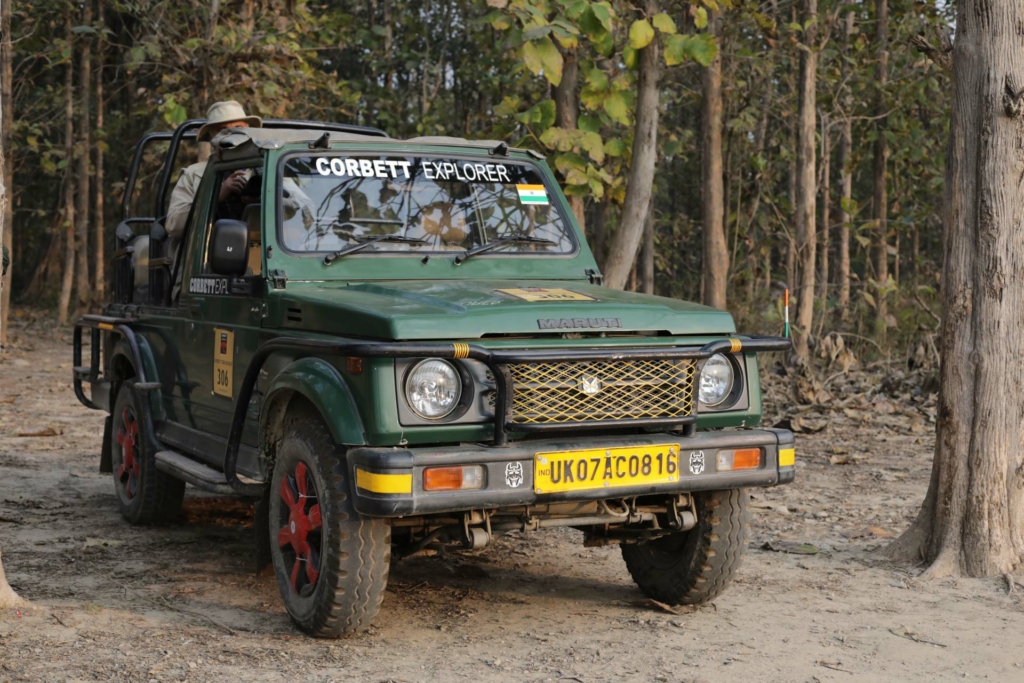
A safari in Jim Corbett National Park is the highlight of any visit. Whether it’s a jeep safari in Jim Corbett or an elephant safari, this is where you get to immerse yourself in the raw beauty of the jungle. The park is divided into five zones, each offering a unique safari experience:
Safari Zones in Jim Corbett:
- Dhikala Zone: Famous for tiger sightings and the best for overnight stays.
- Bijrani Zone: Ideal for jeep safaris with a high chance of spotting wildlife.
- Jhirna Zone: Open throughout the year, great for bird-watching.
- Dhela Zone: Popular for diverse wildlife and quieter safaris.
- Durga Devi Zone: Best for spotting exotic birds and elephants.
Types of Safaris in Jim Corbett
- Jeep Safari in Jim Corbett: The most popular option, perfect for families and adventure enthusiasts alike. You can book a 4×4 vehicle that takes you deep into the jungle for up-close wildlife encounters.
- Canter Safari: A shared safari experience in an open bus that can accommodate more people. This is great if you’re travelling in larger groups.
- Elephant Safari: For a more traditional vibe, you can opt for an elephant-back ride through certain zones, although this is less common now due to conservation efforts.
Safari Timings
The safari in Jim Corbett National Park is conducted twice daily, during the prime wildlife spotting hours:
- Morning Safari: 6:00 AM to 9:30 AM
- Evening Safari: 2:30 PM to 6:00 PM
Early mornings and late afternoons are the best times to spot wildlife in Jim Corbett, as animals are most active during these hours.
Pro tip: Book your safari well in advance, especially for the Dhikala Zone, which tends to fill up quickly!
How to Book a Safari:
You can book safaris through the official website of the Jim Corbett National Park or contact your hotel for a Jim Corbett Safari package. Make sure to book in advance, especially for the Dhikala Zone, which fills up quickly.
How to Reach Jim Corbett National Park
Now, let’s talk about how to reach Jim Corbett. Located in the foothills of the Himalayas in Uttarakhand, Jim Corbett is well-connected via road, rail, and air.
By Road:
The park is about 250 km from Delhi, making it an easy weekend getaway. A road trip from Delhi to Jim Corbett National Park takes around 5-6 hours. You can either drive yourself or hire a taxi. The route passes through picturesque towns like Moradabad and Kashipur.
By Train:
The nearest railway station to Jim Corbett is Ramnagar, just 12 km away from the park’s main entry. Direct trains from Delhi to Ramnagar are available, like the Ranikhet Express and the Corbett Link Express.
By Air:
The nearest airport is Pantnagar Airport, approximately 80 km away. From the airport, you can easily hire a taxi to reach the park.
Where to Stay in Jim Corbett
When planning a trip to Jim Corbett, your accommodation can make or break your experience. For those seeking a truly memorable stay, StayVista offers a range of beautiful homestays in Jim Corbett. These homestays blend luxury, privacy, and nature to create a personalized retreat for guests.
Top StayVista Homestays in Jim Corbett:
These homestays provide a perfect mix of privacy, comfort, and personalized service, ensuring a memorable stay during your Jim Corbett trip.
Things to Do in Jim Corbett Beyond Safaris
While the jungle safari in Jim Corbett is the main attraction, there’s much more to do in this beautiful region. Whether you’re an adventure enthusiast or someone looking for peace and tranquillity, there are plenty of things to do in Jim Corbett that will enhance your experience.
1. River Rafting:
For adrenaline junkies, river rafting in Jim Corbett on the Kosi River is a thrilling experience. While the monsoon months offer the best rapids, rafting in the winter months can be a more tranquil way to enjoy the river’s scenic surroundings.
2. Bird Watching:
The park is home to more than 600 species of birds, making it a paradise for bird watchers. Bring your binoculars and camera for some birdwatching bliss in the Dhela and Durga Devi Zones.
3. Visit Garjiya Devi Temple:
Located on a large rock on the banks of the Kosi River, Garjiya Devi Temple is one of the most revered tourist attractions in Jim Corbett. It’s a peaceful spot perfect for a spiritual detour during your trip.
4. Corbett Museum:
History buffs will enjoy visiting the Corbett Museum in Kaladhungi, around 30 km from the park. Housed in the former residence of Jim Corbett, the museum offers insights into his life and the park’s rich history.
Extend Your Trip: Tourist Attractions Near Jim Corbett
Once you’ve explored Jim Corbett National Park, consider extending your adventure to some of the nearby tourist attractions.
1. Nainital – 65 km away
A scenic hill station, known for its lakes and pleasant weather. Take a boat ride in Naini Lake or visit the Naina Devi Temple.
2. Ranikhet – 90 km away
A peaceful town surrounded by pine forests and offering panoramic views of the Himalayas.
3. Binsar – 130 km away
A lesser-known gem offering breathtaking views and a tranquil atmosphere. It’s also home to a beautiful wildlife sanctuary.
Tips for Your Trip to Jim Corbett
- Pack Smart: Mornings and evenings can be chilly in November and December, so pack layers. Bring comfortable walking shoes for jungle treks and binoculars for bird watching.
- Book in Advance: Make sure to book your Jim Corbett Safari package and accommodation ahead of time to avoid last-minute hassles.
- Respect the Wildlife: Follow the park’s rules and guidelines, don’t litter, and keep a safe distance from the animals.
With its breathtaking landscapes, rich wildlife, and thrilling adventures, Jim Corbett in November and December is the perfect destination for nature lovers, thrill-seekers, and families alike. So pack your bags, prepare for a wild ride, and immerse yourself in the raw beauty of India’s oldest national park.
FAQs on Planning Your Jim Corbett Trip
Early mornings and late afternoons are ideal as animals are most active during these hours.
You can book through the official website or contact your hotel for assistance with packages.
Dhikala and Bijrani zones are popular for tiger sightings in Jim Corbett and have rich wildlife, making them ideal for safari enthusiasts.
Yes! Jim Corbett in November offers cool weather and high chances of wildlife sightings, making it a best time to visit Jim Corbett.
Yes, you can explore scenic spots like Nainital, Ranikhet, and Binsar to extend your adventure.
No, there are no food or restroom facilities within the safari zones, so it’s advised to eat before the safari and carry bottled water. Certain safari zones have designated stops outside where you can rest.
Two to three days are ideal for a Jim Corbett visit. This timeframe allows for multiple safaris across different zones, exploring nearby attractions like the Garjiya Devi Temple and Corbett Museum, and unwinding at a local homestay or resort.
Private vehicles aren’t allowed inside the main safari zones of Jim Corbett. However, you can book an authorized jeep for safaris within the park. Personal cars are only permitted up to the entry gate, where parking facilities are available.
Both parks offer unique experiences: Jim Corbett is lush and forested, with river landscapes ideal for nature enthusiasts. Ranthambore is more open, improving tiger sighting chances. Corbett suits nature lovers, while Ranthambore may appeal more to photographers focused on tiger sightings.
Travel from Delhi to Jim Corbett by road (250 km) takes 5-6 hours via NH9, passing through scenic towns like Moradabad. Alternatively, take a train to Ramnagar (closest station) or fly to Pantnagar Airport (80 km away) and hire a taxi.



